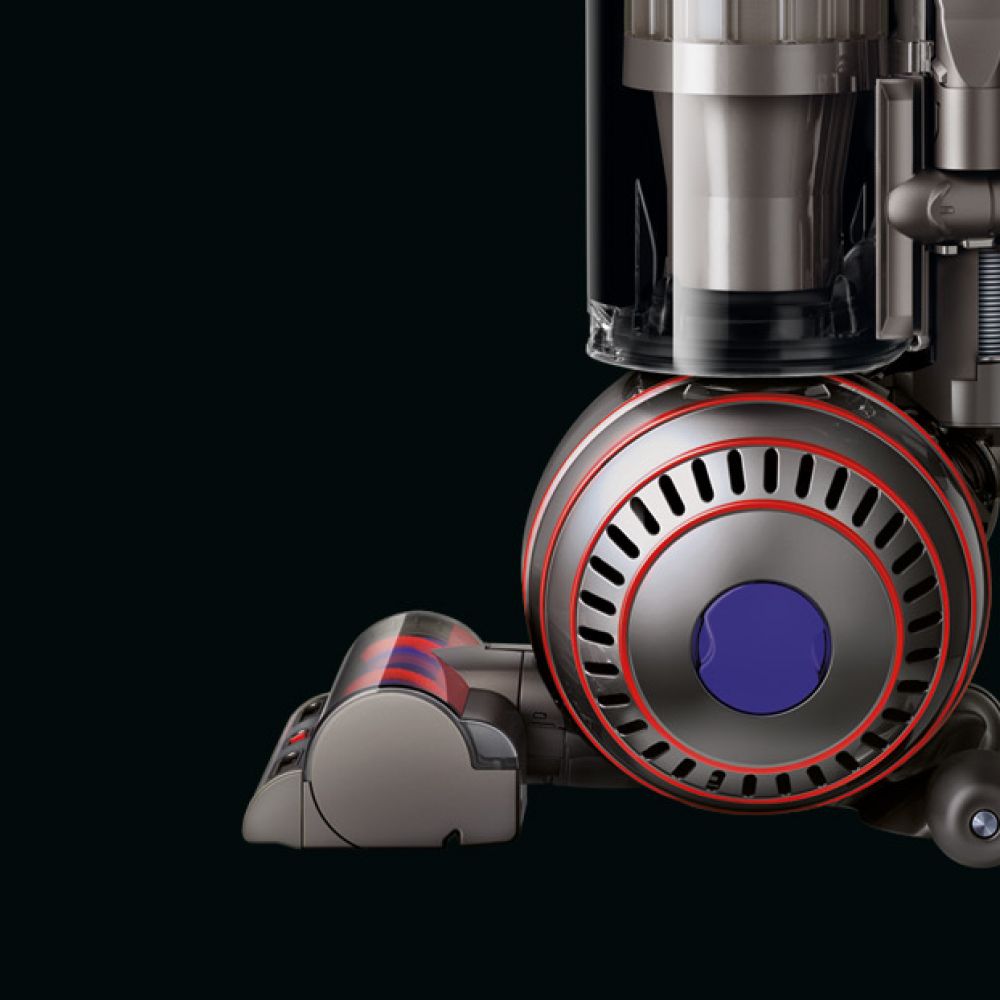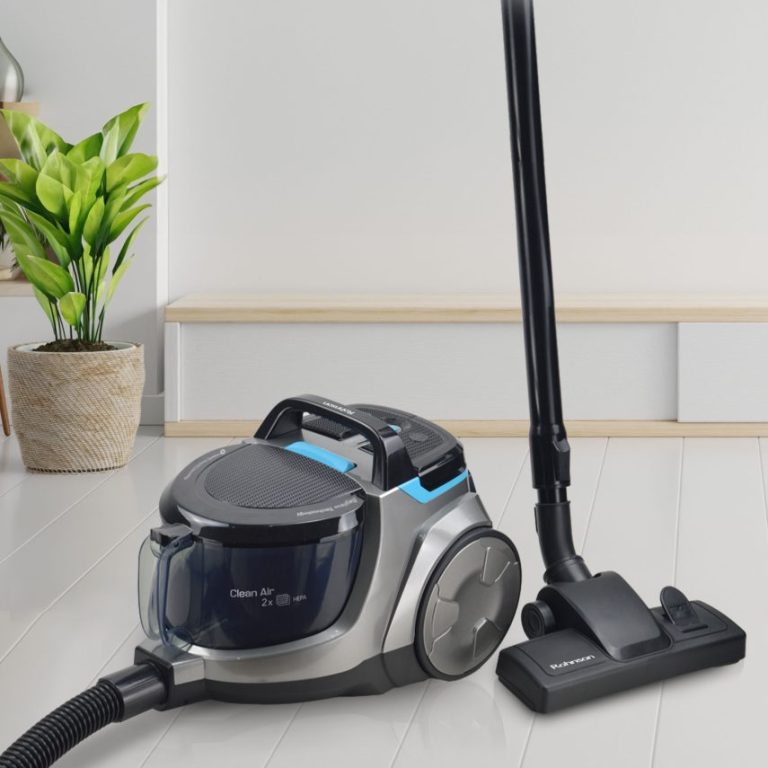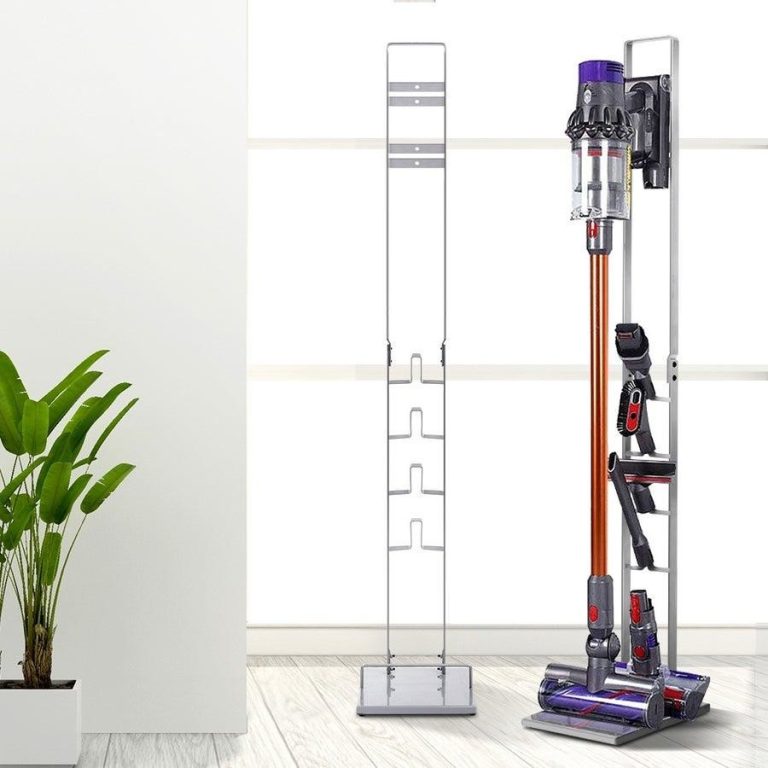What is Wattage and Why Does it Matter for Vacuums?
How many watts is a good vacuum cleaner? When you shop for a vacuum cleaner, you often see ‘watts’ highlighted. But what is wattage? Wattage measures electrical power. It shows how much energy a vacuum uses. Many believe high wattage equals more suction. This isn’t always true.
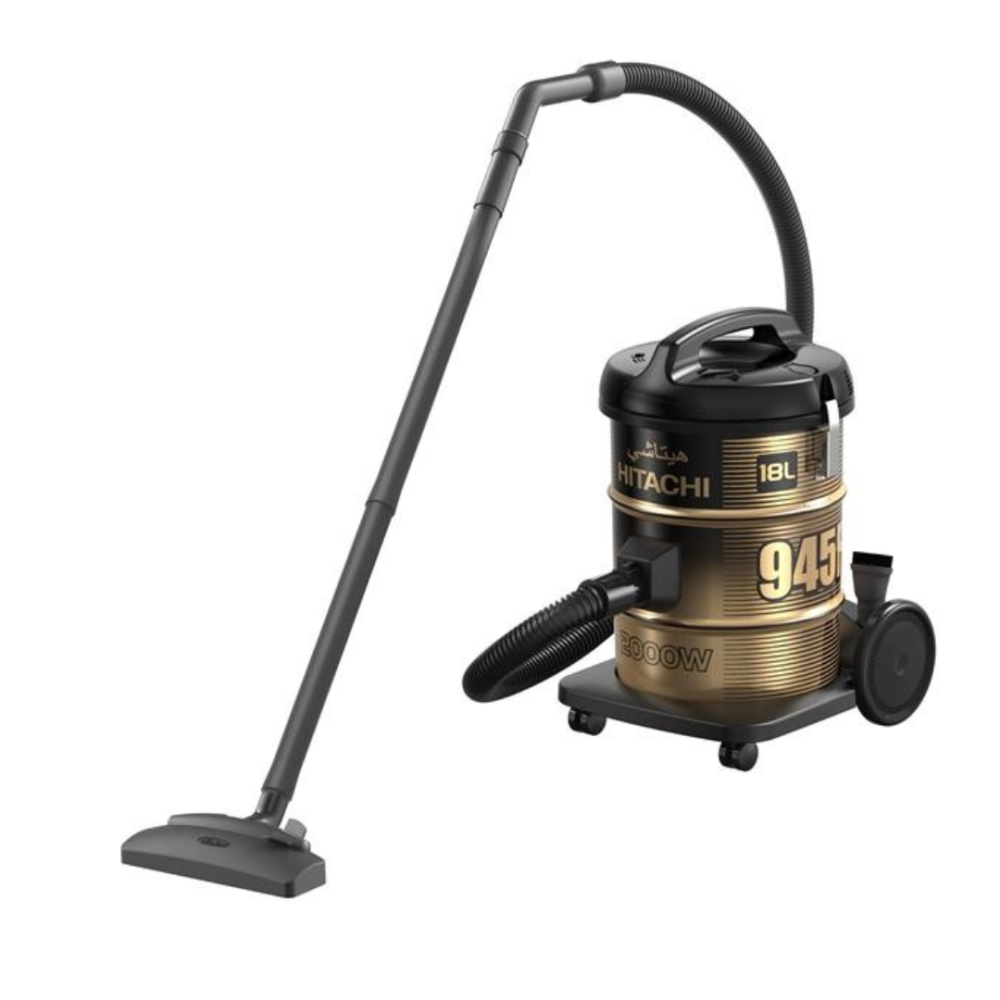
Wattage does impact a vacuum’s performance, but it’s not the only factor. Yes, more watts can mean stronger suction. Yet, it can also lead to higher electric bills. You need a balance. You want a vacuum with enough power to clean effectively without wasting energy.
Suction power depends on wattage, but also on design. A well-designed vacuum with moderate wattage might outperform a high-wattage model. That’s why knowing how many watts is a good vacuum cleaner matters. It helps you find that balance.
In short, wattage matters because it affects both suction power and energy use. Look for a vacuum that has the power you need for your home, but also considers energy efficiency. This way, you get the best clean without unnecessary cost or energy waste.
The Relationship Between Watts, Suction Power, and Performance
When we say ‘how many watts is a good vacuum cleaner’, we’re digging into the vacuum’s core abilities. Let’s break this down. Watts measure a vacuum’s input power. The higher the wattage, the more electrical power it uses. Now, you might think that this leads directly to stronger suction. Not quite. It’s one part of the equation.
Suction power does link to wattage, but it’s not the whole story. A vacuum with high wattage draws more energy, and this could mean more suction. But the vacuum’s design also plays a big role. Airflow and suction efficiency can make a moderate-wattage vacuum outdo a higher-wattage one. Think of a sprinter with great shoes. Better gear helps, but it’s their skill that wins races.
So, performance isn’t just about high watts. It ties to how well the vacuum uses those watts. A good vacuum cleaner needs smart design and energy-efficient components. It means you can’t rely on wattage alone to gauge performance.
Remember, your goal is a clean space, not just a powerful machine. Always consider suction power, design, and wattage together. This trio works hand in hand. The right balance will depend on your home’s particular cleaning needs. A vacuum’s true ability shows in how well it picks up dirt, not just the numbers on the label.
As you shop, think of wattage as a starting point. But delve into reviews and product tests, too. They’ll often tell you more about performance than watts alone. Lastly, keep an eye on suction power and vacuum design. These factors, combined with wattage, will guide you to the best choice for spotless floors.
Determining the Ideal Wattage for Your Cleaning Needs
Finding the ideal wattage for a vacuum cleaner is key to efficient cleaning. So, how many watts is a good vacuum cleaner? The answer isn’t straight-forward. It varies based on your home size, flooring type, and cleaning frequency.
Start by assessing your home. If you have a larger home with lots of carpets, you may need more power. For these homes, look for vacuums with higher wattage. This ensures deep cleaning of carpets and rugs. A wattage around 1400 to 1600 watts often works well.
In contrast, smaller homes or apartments with hard floors need less. Too much suction can scatter debris on hard surfaces. For these spaces, a vacuum around 1000 to 1200 watts is sufficient. It offers enough power for a thorough clean without overkill.
Consider your cleaning habits, too. If you vacuum often, a lower wattage model handling regular dust might be best. But for less frequent cleanings, higher wattage could help tackle accumulated dirt.
Finally, remember, the best vacuum balances power, design, and efficiency. A lower wattage vacuum doesn’t always mean weak suction. And a higher one doesn’t guarantee the best clean. Always weigh up wattage with vacuum design and suction strength. This way, you choose a cleaner that meets your specific needs without wasting energy.
Comparing Low, Medium, and High-Wattage Vacuum Cleaners
When discussing how many watts is a good vacuum cleaner, understanding the range is vital. Low, medium, and high-wattage vacuums offer different benefits and drawbacks.
For low-wattage vacuum cleaners, they’re often below 1000 watts. They use less energy, making them cost-effective. They suit homes with fewer carpets and are great for light, daily cleanups. However, they might struggle with deep-set dirt in thick rugs.
Medium-wattage vacuums range from 1000 to 1400 watts. They strike a balance between suction power and energy use. These models are versatile. They work well on both carpets and hard floors. They’re ideal for average-sized homes that need regular cleaning.
High-wattage vacuum cleaners, usually over 1400 watts, pack more power. These are a go-to for large homes or spaces with dense carpeting. They can lift more dirt and handle challenging messes. But they also consume more electricity, leading to higher bills.
Each band has its place depending on your needs. Low wattage models save energy but may offer less suction. Medium wattage is a good all-rounder. High wattage tackles tough dirt but at a cost. Always weigh your specific needs to find the right vacuum.

Energy Efficiency and Vacuum Cleaners: Balancing Power and Consumption
Choosing an energy-efficient vacuum cleaner is all about balance. You want power to clean, but not waste energy. So, what’s the secret? Start by looking at the energy label on a vacuum. It tells you how much power it uses compared to how well it cleans. Expensive units can have high wattage, yet not all are energy-efficient.
Aim for ‘A’ ratings on European energy labels or ENERGY STAR in the US. These vacuums use less power and still provide great suction. They are designed to clean well without high energy costs. It’s smart to pick a vacuum with the best energy efficiency rating you can afford. This can save you money in the long run.
Here’s a tip: models with adjustable power settings help. They let you use less power for light cleaning and more for tough messes. This adaptability helps save energy and still gets your floors clean. After all, you don’t always need full power to pick up light dirt.
Power and energy consumption are important. But don’t forget about design and features. These can affect how well a vacuum cleans, regardless of wattage. In the next section, we’ll look at other features to consider beyond wattage.
Features to Look for in a Vacuum Beyond Wattage
When you shop for a vacuum, look past wattage. Key features impact performance too. Take note of the following points to ensure your vacuum is top-notch.
First, consider the filtration system. A quality filter traps dust and allergens. This leaves your air cleaner. HEPA filters are a prime choice. They capture fine particles well.
Pay attention to the vacuum’s brush roll. For carpets, look for a sturdy brush. It should dig deep to dislodge dirt. On hard floors, a gentle brush prevents scratches. Some vacuums offer brushes suited for both surfaces.
Check for suction control features. Adjustable settings are handy. They let you change suction based on the floor type. This versatility improves cleaning without extra effort.
Don’t forget about the vacuum’s weight and maneuverability. A lighter design makes it easy to move around. Swivel heads and wheels that turn smoothly add to ease of use.
Look for a vacuum with a decent capacity, too. A larger canister or bag means less emptying. This saves time and effort during cleaning sessions.
Lastly, consider the vacuums’ noise levels. Quieter models are less disruptive. This is important if you live in close quarters or have noise-sensitive pets.
In summary, a vacuum’s wattage signals power usage. But it’s not the sole factor in cleaning effectively. Hair-fighting capabilities, attachments for different surfaces, and cord length matter too. Take these into account along with energy efficiency. By doing so, you can find a cleaner that suits your space perfectly. It’ll offer you the right balance of power and practicality.
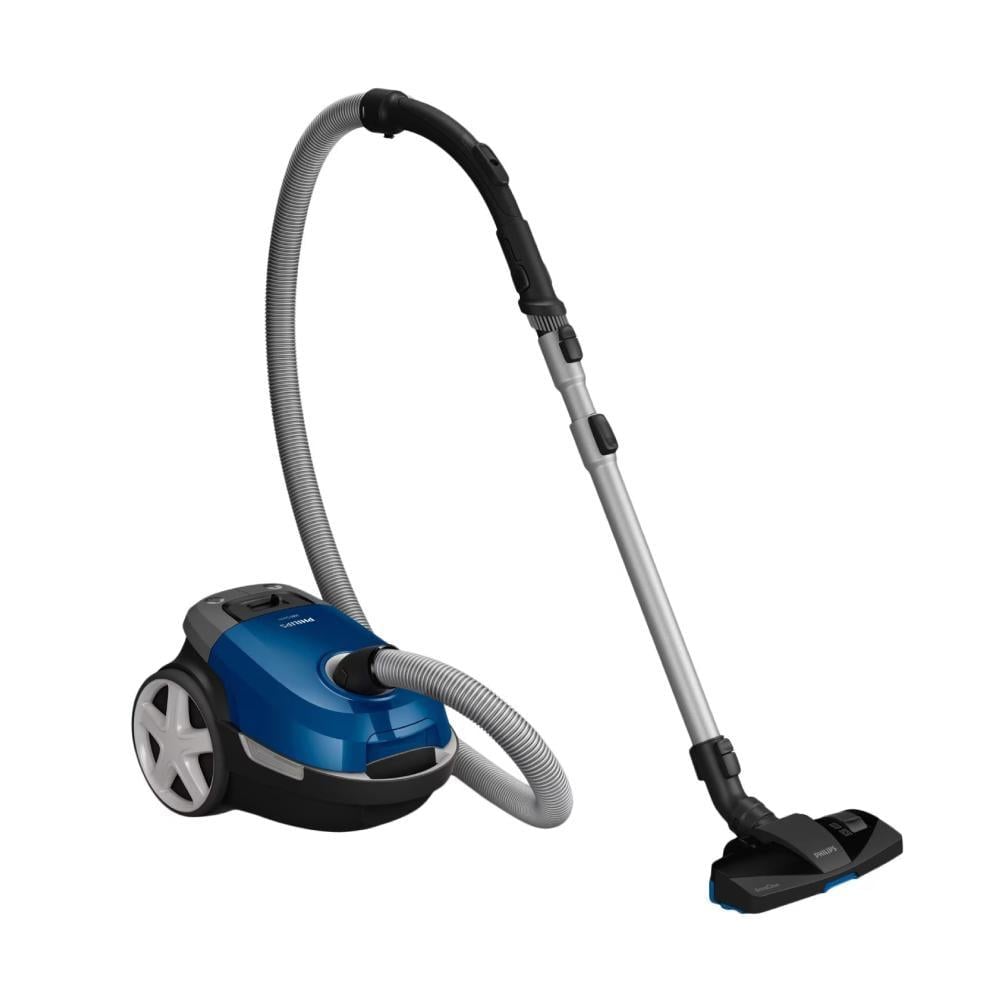
Vacuum Cleaner Types and Their Typical Wattage Range
Different vacuums come in various wattages. This depends on their type and purpose. Let’s explore typical wattage ranges for common vacuum types.
Canister Vacuums
These versatile cleaners range from 1000 to 1200 watts. They work well for most home sizes and cleaning needs.
Upright Vacuums
Upright models usually fall between 1000 to 1400 watts. They are good for deep cleaning, especially carpets.
Handheld Vacuums
Compact and portable, handhelds typically have 100 to 500 watts. They’re fit for quick spot cleaning and small areas.
Stick Vacuums
Stick vacuums are lightweight and handy with 200 to 600 watts. They are perfect for light cleaning and hard-to-reach places.
Robot Vacuums
Robot vacuums often operate on lower wattage around 20 to 30 watts. They offer convenience and are energy efficient.
Each vacuum type suits different tasks. Canister models are great all-rounders. Uprights are powerful for carpets. Handhelds tackle small messes. Stick models offer simplicity and ease of use. Robot vacuums clean automatically. When choosing, consider the type and its wattage together with your needs. This way, you find the right match for your cleaning habits and home’s layout.
How to Read Vacuum Cleaner Labels: Understanding Specs and Energy Ratings
When picking a vacuum, labels can guide you. They show specs like wattage and energy ratings. These details help you choose a cleaner with the power you need. But they also reveal how much energy a vacuum uses. It’s important to understand and compare these specs.
Here’s how you can read vacuum cleaner labels effectively:
- Wattage: This number states the vacuum’s power. A higher wattage might offer more suction. Yet, it could also mean using more electricity. Look for a wattage that fits your home’s cleaning needs.
- Energy Efficiency Ratings: In Europe, check the ‘A’ rating on labels. In the US, look for the ENERGY STAR mark. These show that the vacuum is energy efficient. It indicates the vacuum cleans well but still saves power.
- Performance Indicators: Some labels have ratings for dust re-emission or carpet cleaning performance. High ratings here mean the vacuum performs better in these areas.
- Noise Level: This is measured in decibels (dB). A lower dB means a quieter vacuum. If you want less noise, check this rating.
- Capacity: This tells you how much the vacuum can hold. Larger capacities mean less frequent emptying.
- Additional Features: Labels might also mention filters, brush types, or attachments. These features can matter more than wattage for your cleaning.
Reading and understanding vacuum labels is key. It helps you find the right balance between power and efficiency. Remember to check labels and compare the specs. Doing this, you can pick the right vacuum cleaner for your home and needs.
